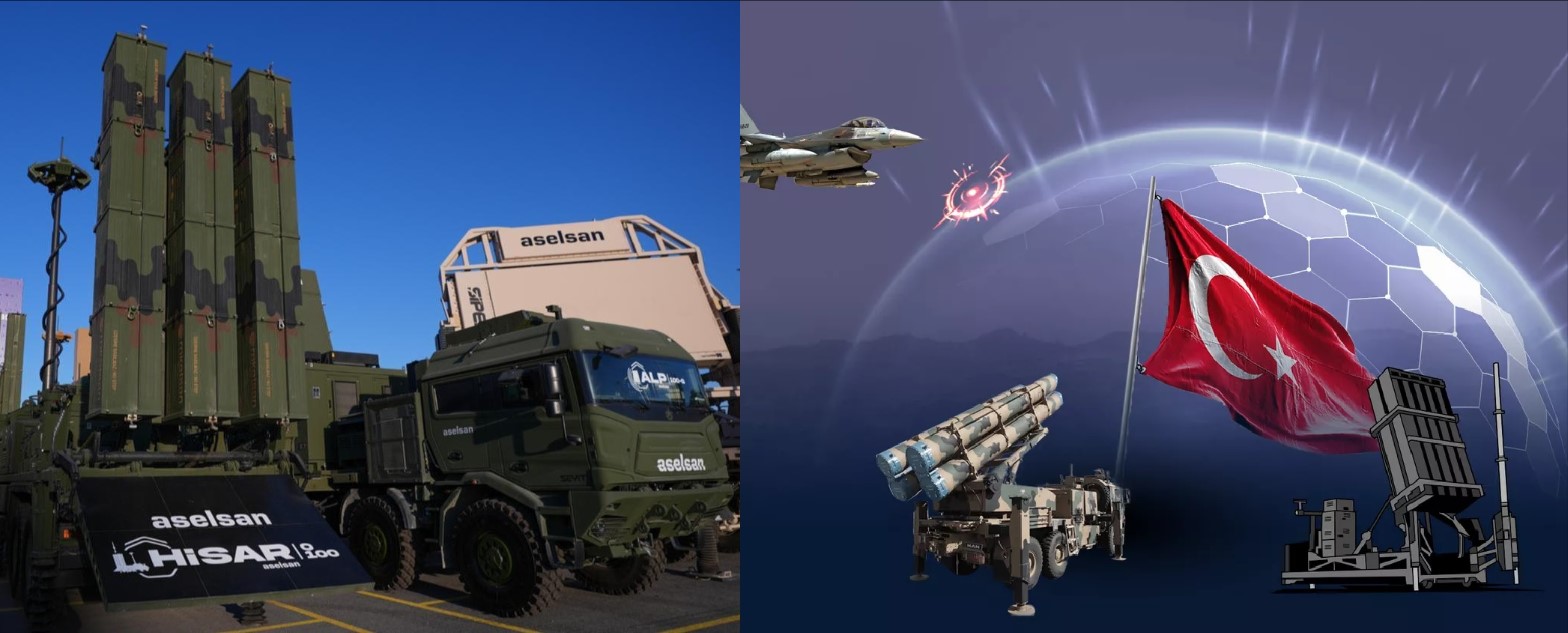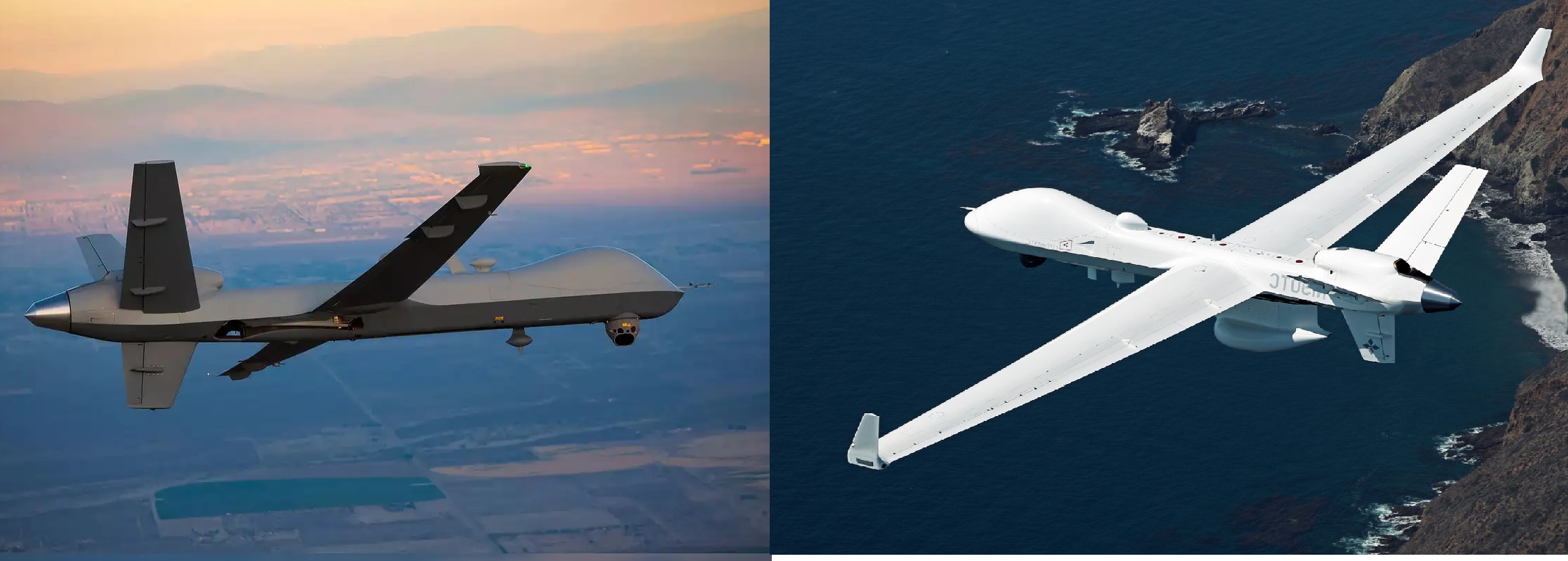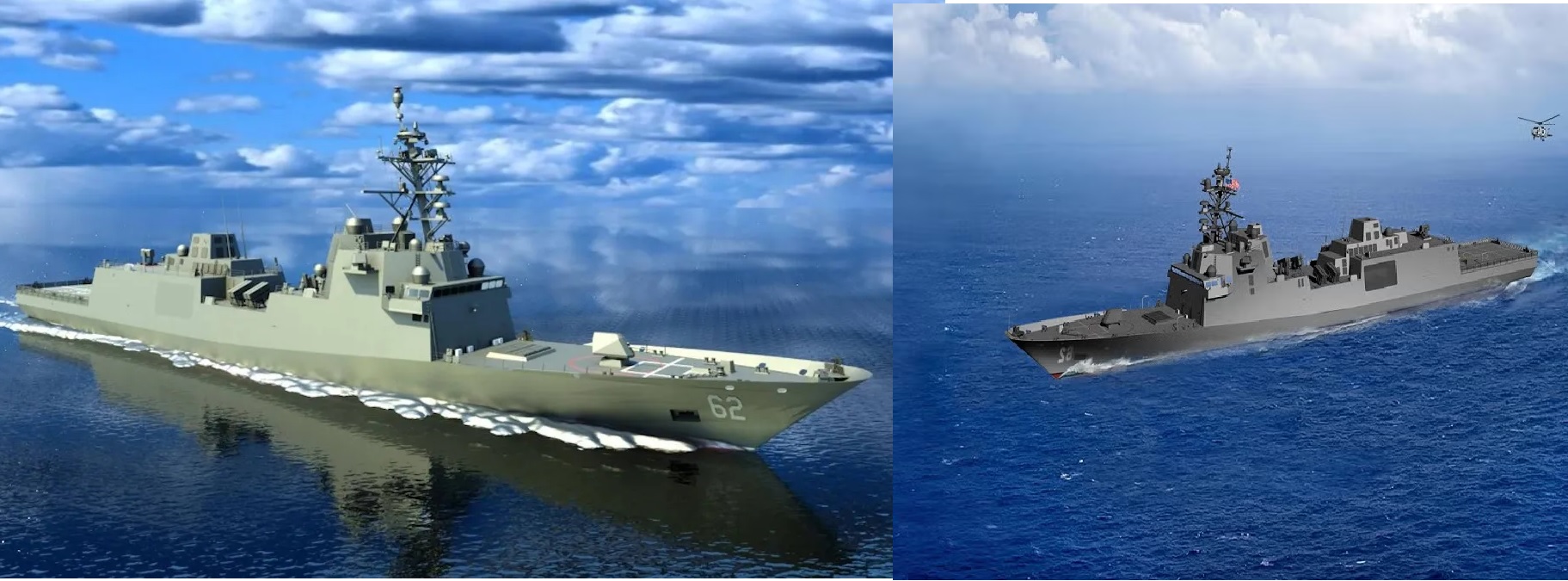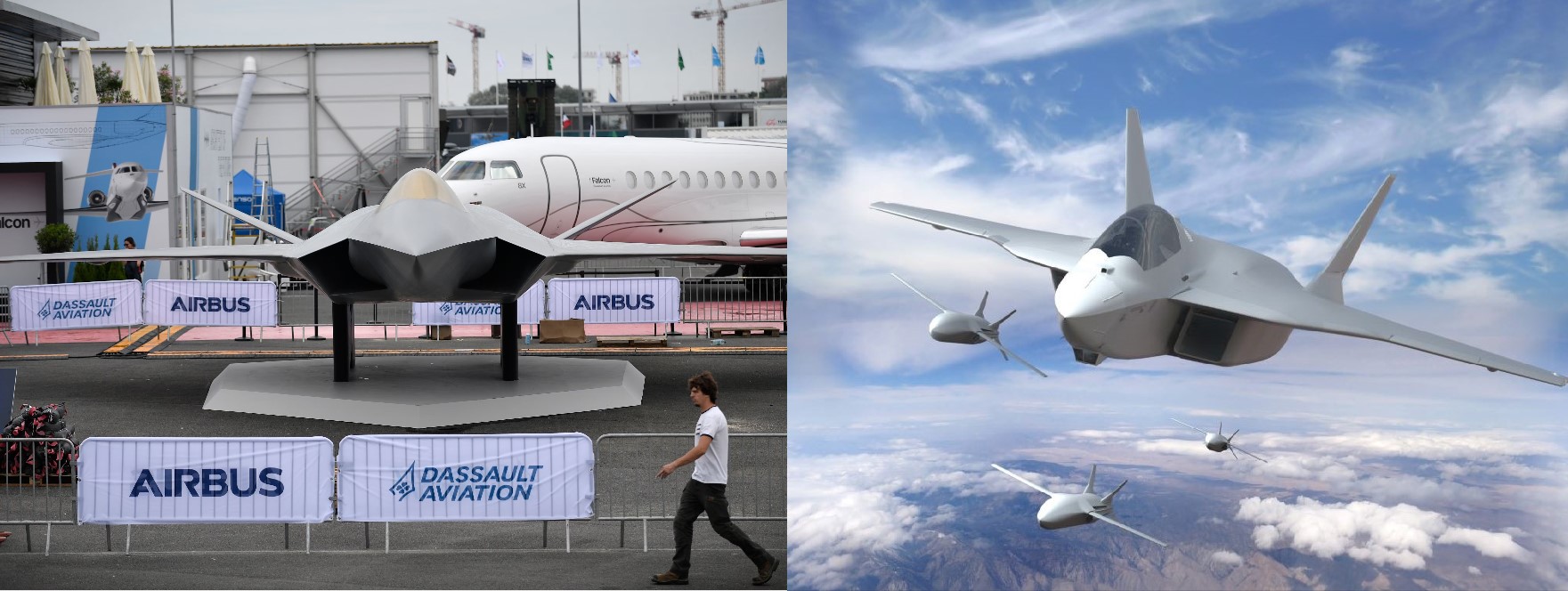Russia’s Su-57 ‘Full TOT’ Offer Comes with 120+ Jet Deal Push, Threatening India’s AMCA Future

Russia’s renewed offer to grant India 100 percent Transfer of Technology (TOT) for the Su-57 fifth-generation fighter has generated considerable attention, but behind the headline lies a more complex reality. According to sources familiar with the discussions, Moscow’s proposal is not simply an act of goodwill. Instead, it is tied to a far larger expectation: that India commit to acquiring 120 to 140 Su-57s, a number far beyond the Indian Air Force’s actual requirement.
The offer also includes a plan to jointly develop a two-seat variant of the Su-57—something Russia has long wanted but lacks sufficient funding for. The dual-seat design would require restructuring of the airframe and avionics package, effectively creating a new sub-variant. Russia hopes that India’s participation could revive the aircraft line and fund long-delayed upgrades.
For India, however, the picture looks very different.
India Needs Only a Stop-Gap Fleet
The Indian Air Force currently sees a limited requirement of 40 to 60 fifth-generation fighters to fill the capability gap until the indigenous Advanced Medium Combat Aircraft (AMCA) enters serial production. This need has become more urgent in recent years as China has deployed its J-20 stealth fighters closer to the Indian border, with some intelligence assessments warning that Beijing may eventually supply a variant of its fifth-generation platforms to Pakistan. Even with these regional pressures, a large order of more than a hundred Su-57s would strain defence budgets and heavily overlap with India’s long-term planning.
Senior officials point out that the Su-57 proposal, as presented, is designed to push India toward a scale of commitment that would effectively bind the IAF to the Russian platform for decades. Such a move would inevitably divert funds, manpower, and design bandwidth away from AMCA, weakening India’s ability to field a truly indigenous fifth-generation system at a time when strategic autonomy is becoming more critical than ever.
The Two-Seat Variant: A Silent Red Line
A major reason India walked away from the earlier FGFA (Fifth Generation Fighter Aircraft) collaboration was Russia’s insistence on creating a two-seat Su-57 derivative. India viewed this as a structural complication that would slow down development, increase costs, and provide little strategic value.
More importantly, New Delhi realised that the two-seat design—if pursued jointly—would pull Indian engineers, funding, and production lines toward a Russian project, delaying India’s own stealth fighter roadmap. The AMCA program had already defined a future twin-seat version (the AMCA Mk1B), and the Su-57 twin-seat concept would risk encroaching directly into the same developmental space.
This, officials say, was the primary reason India exited the Su-57 program, a factor often overshadowed by public debates on radar visibility, engines, or sensor fusion.
Russia’s Strategic Motive: Keeping India Dependent
The new “100% TOT” offer must be read against this backdrop. While it appears to grant India autonomy, defence analysts note that Russia has historically been reluctant to part with its deepest stealth technologies—especially in areas such as low-observable materials, sensor-fusion algorithms, and engine cores.
Meanwhile, Russia’s own Su-57 production remains slow. For Moscow, an Indian order of 120+ aircraft would fund its production line, stabilise exports, and lock India back into a long-term dependency cycle.
In other words, the “full TOT” claim is seen by experts as conditional, partial, and strategically calculated, not absolute.
A Large Su-57 Purchase Could Harm AMCA
Indian defence planners warn that accepting Russia’s scale and conditions would have direct consequences:
-
It would consume major capital allocations for the next decade.
-
AMCA’s production ecosystem would be starved of resources.
-
DRDO and ADA teams would be redirected toward Su-57 customisation.
-
Indigenous stealth technology development would slow significantly.
India, which is trying to streamline its diverse fighter fleet, would also be forced to integrate a large foreign platform at a time when it is trying to consolidate logistics around Tejas, Tejas Mk2, Rafale, and AMCA.
A Clearer Path Forward
India remains open to limited fifth-generation imports as a bridge, but only in small quantities. Whether the eventual choice is a modest batch of Su-57s or Western platforms, the decision will revolve around one principle: no acquisition should undermine AMCA.
Russia’s latest offer may be ambitious, but Indian officials see it more as a strategic manoeuvre than a genuine invitation to technology freedom. New Delhi has grown cautious of proposals that appear generous yet carry long-term dependencies beneath the surface.
For now, India’s focus is firmly set on building its own fifth-generation capability, and any foreign partnership—whether Russian or Western—will be evaluated only if it strengthens, rather than delays, the AMCA program that forms the backbone of India’s future airpower.
✍️ This article is written by the team of The Defense News.





